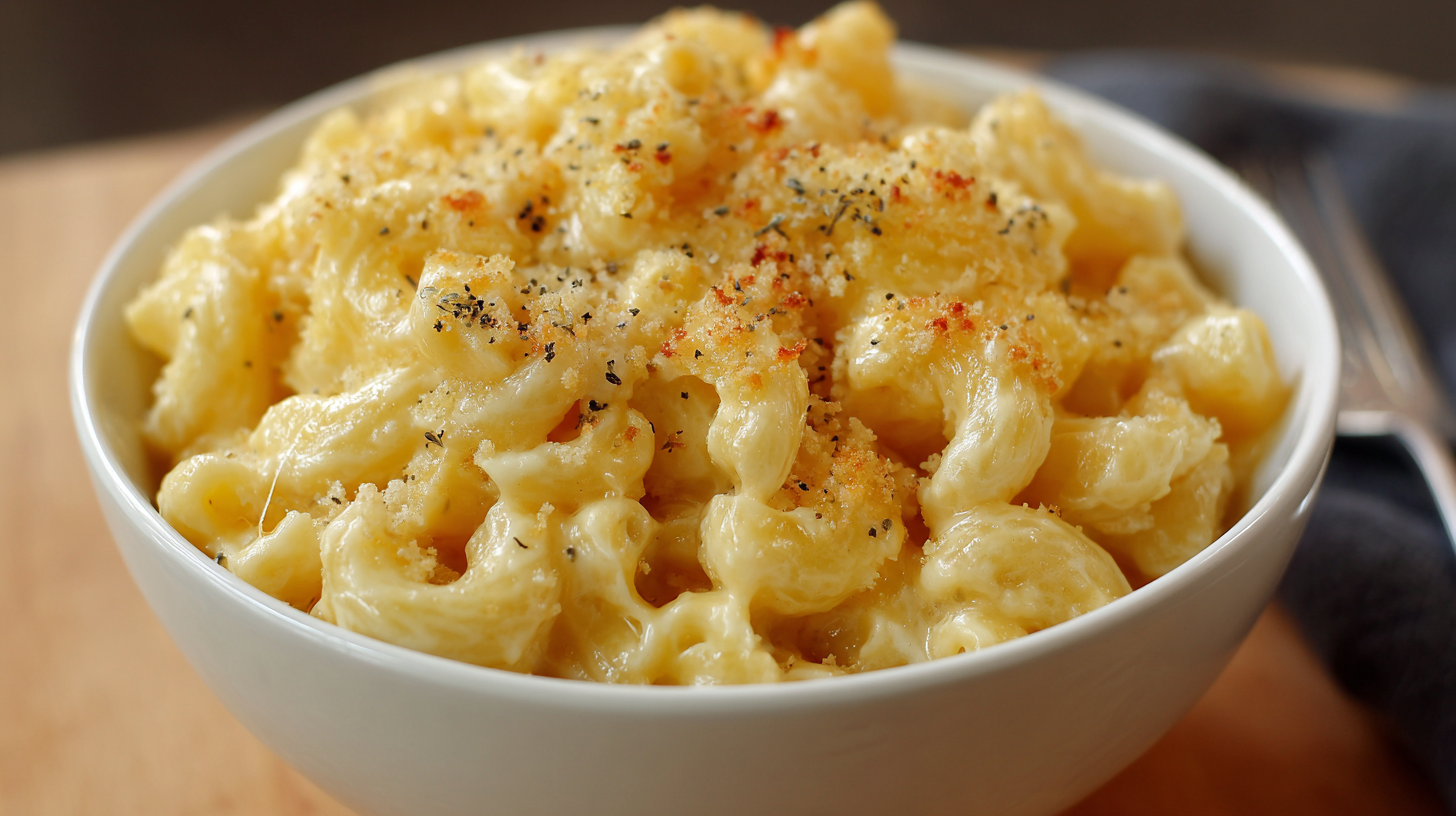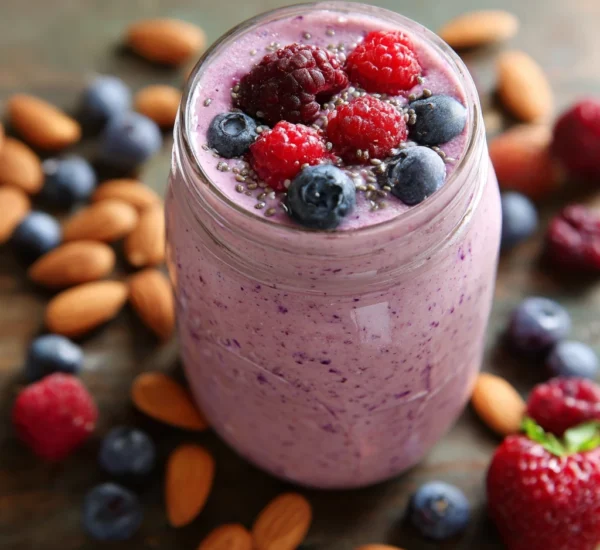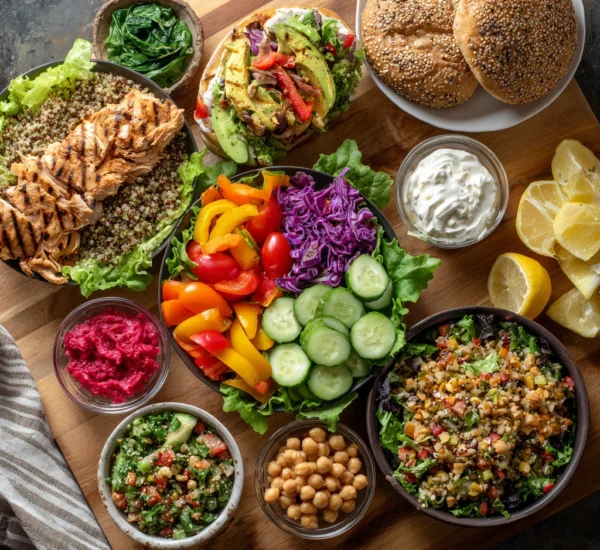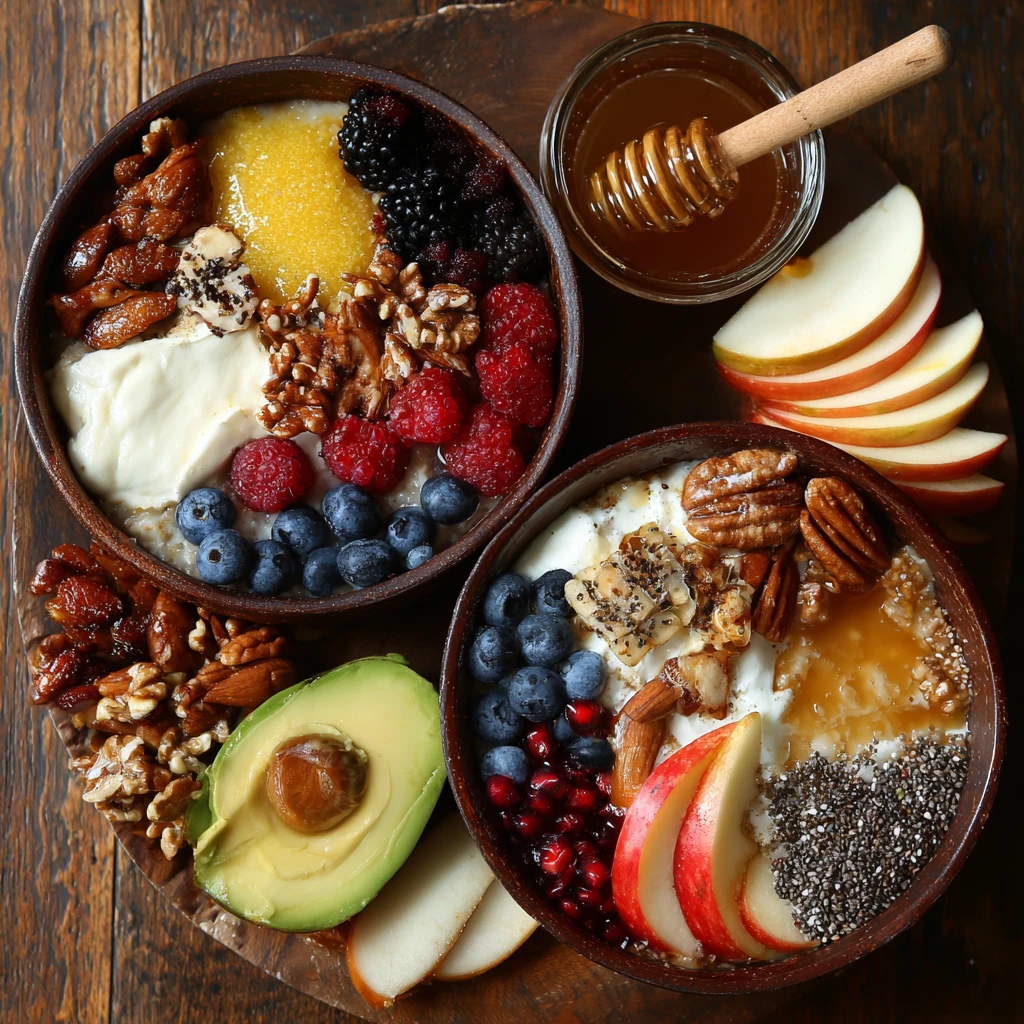Mac and Cheese So Good, You’ll Forget the Box Exists
Mac and cheese. The ultimate comfort food. For many, it conjures up memories of childhood, quick weeknight dinners, and the satisfyingly cheesy goodness of the boxed variety. But what if you could create a mac and cheese so decadent, so flavorful, and so undeniably delicious that it completely eclipses those powdered cheese memories? This article will guide you through the secrets to crafting the perfect homemade mac and cheese, one that will redefine your understanding of this classic dish.
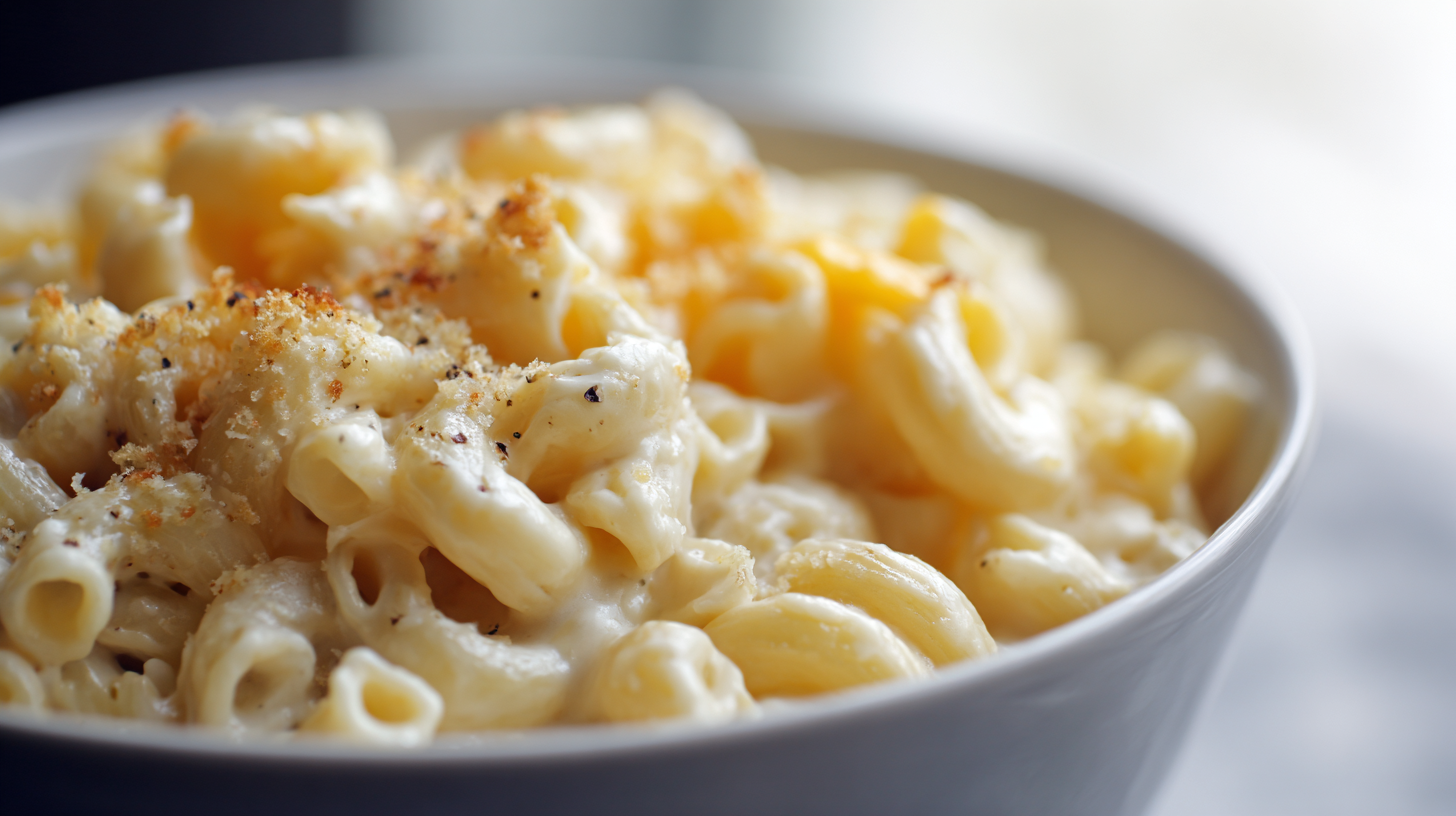
The Foundation: Choosing the Right Cheese
The heart and soul of any great mac and cheese lies in the cheese selection. Ditch the pre-shredded bags and embrace the flavor complexity that comes from using a variety of cheeses.
Cheddar: The Cornerstone
Cheddar provides the classic, familiar flavor we all crave in mac and cheese. Opt for a sharp or extra-sharp cheddar for a more pronounced taste. Mild cheddar can be used, but the overall flavor profile will be less intense. Consider using a blend of white and yellow cheddar for visual appeal and a richer, more nuanced flavor. The key is to buy a block of cheddar and shred it yourself. Pre-shredded cheese contains cellulose, which prevents it from melting smoothly.
Beyond Cheddar: Adding Depth and Complexity
While cheddar is essential, incorporating other cheeses can elevate your mac and cheese to a whole new level. Here are a few excellent additions:
- Gruyere: This nutty, slightly sweet cheese melts beautifully and adds a sophisticated touch. Its complexity complements the sharpness of the cheddar.
- Fontina: Known for its creamy texture and mild, buttery flavor, Fontina creates a luxuriously smooth sauce.
- Gouda: A semi-hard cheese with a distinctive caramel-like flavor, Gouda adds a hint of sweetness and depth to the overall taste. Smoked Gouda can also be used for a smoky twist.
- Monterey Jack: This mild, slightly tangy cheese contributes to the creamy texture and helps bind the sauce together.
- Parmesan: Adds a salty, umami-rich flavor that enhances all the other cheeses. A little goes a long way.
Experiment with different combinations to find your perfect blend. A good starting point is a mixture of cheddar, Gruyere, and Fontina, with a touch of Parmesan.
Crafting the Perfect Sauce: A Step-by-Step Guide
A smooth, creamy sauce is paramount to achieving mac and cheese perfection. Avoid grainy or separated sauces by following these crucial steps:
The Roux: Building the Base
The foundation of the sauce is a roux, a mixture of butter and flour that thickens the liquid.
1. Melt the Butter: In a saucepan over medium heat, melt butter until it’s completely melted and slightly foamy. The amount of butter will determine the richness of the sauce.
2. Add the Flour: Whisk in all-purpose flour to the melted butter. Continue whisking constantly until the mixture forms a smooth paste. This is your roux.
3. Cook the Roux: Cook the roux for a minute or two, stirring constantly. This step is crucial for removing the raw flour taste. Be careful not to burn it.
Incorporating the Liquid: Achieving Smoothness
The next step is to gradually add the liquid to the roux, creating a smooth sauce.
1. Warm the Milk: Gently warm the milk in a separate saucepan or in the microwave. This prevents the roux from seizing up when you add the cold milk.
2. Slowly Add the Milk: Gradually pour the warm milk into the roux, whisking constantly. Start with a small amount and whisk until it’s fully incorporated before adding more. This prevents lumps from forming.
3. Simmer and Thicken: Continue whisking and simmer the sauce over low heat until it thickens to your desired consistency. This may take several minutes. The sauce should be thick enough to coat the back of a spoon.
The Cheese: The Grand Finale
Now comes the most important part: adding the cheese!
1. Remove from Heat: Take the sauce off the heat before adding the cheese. This prevents the cheese from becoming grainy or oily.
2. Add the Cheese Gradually: Add the shredded cheese in small batches, whisking constantly until it’s fully melted and incorporated.
3. Season to Taste: Season the sauce with salt, pepper, and any other spices you desire. Nutmeg, garlic powder, and onion powder are popular additions.
Choosing the Right Pasta: Shape Matters
While elbow macaroni is the traditional choice, feel free to experiment with different pasta shapes. The shape can influence the texture and overall eating experience.
Classic Elbow Macaroni: A Reliable Choice
Elbow macaroni is the quintessential mac and cheese pasta. Its curved shape and ridges allow it to hold plenty of sauce, ensuring every bite is bursting with cheesy goodness.
Beyond Elbows: Exploring Other Options
- Shells: Large or small shells are excellent for capturing the sauce. Their cupped shape holds the cheesy goodness perfectly.
- Penne: The ridges on penne pasta help the sauce adhere, while the tubular shape provides a satisfying bite.
- Cavatappi: This corkscrew-shaped pasta is great for trapping sauce and adding a fun textural element.
- Orecchiette: "Little ears" are perfect for cradling the sauce and providing a slightly chewy texture.
Cook the pasta according to package directions until al dente. It should be slightly firm to the bite, as it will continue to cook in the sauce. Drain the pasta well and add it to the cheese sauce. Stir to combine and ensure the pasta is evenly coated.
Adding Flair: Toppings and Variations
Once you’ve mastered the basic mac and cheese recipe, the possibilities are endless. Get creative with toppings and variations to personalize your dish.
Topping Ideas: Texture and Flavor
- Breadcrumbs: Toasted breadcrumbs add a delightful crunch to the top of the mac and cheese. Toss breadcrumbs with melted butter, Parmesan cheese, and herbs for extra flavor.
- Bacon: Crispy bacon crumbles provide a smoky, salty flavor that complements the cheesy sauce.
- Jalapeños: For a spicy kick, add sliced jalapeños or a sprinkle of red pepper flakes.
- Caramelized Onions: Sweet and savory caramelized onions add depth and complexity to the dish.
- Pulled Pork: Top with tender pulled pork for a hearty and satisfying meal.
- Lobster: For a truly decadent experience, add chunks of lobster meat to the mac and cheese.
Variations: Taking it to the Next Level
- Buffalo Chicken Mac and Cheese: Add shredded chicken, buffalo wing sauce, and a sprinkle of blue cheese crumbles.
- Broccoli Cheddar Mac and Cheese: Stir in steamed broccoli florets for a healthy and flavorful twist.
- Truffle Mac and Cheese: Add truffle oil or truffle salt for a luxurious and aromatic experience.
- Mexican Mac and Cheese: Incorporate chorizo, black beans, corn, and salsa for a south-of-the-border flavor.
- Crab Mac and Cheese: Combine lump crab meat with Old Bay seasoning for a Chesapeake Bay-inspired dish.
Baking for Added Flavor and Texture
While stovetop mac and cheese is delicious, baking it adds another layer of flavor and texture.
The Baking Process: A Simple Transformation
1. Prepare the Mac and Cheese: Follow the recipe for stovetop mac and cheese.
2. Transfer to Baking Dish: Pour the mac and cheese into a greased baking dish.
3. Add Toppings (Optional): Sprinkle with breadcrumbs, cheese, or any other desired toppings.
4. Bake: Bake in a preheated oven at 350°F (175°C) for 20-25 minutes, or until the top is golden brown and bubbly.
5. Let it Rest: Let the mac and cheese rest for a few minutes before serving. This allows the sauce to set slightly.
Baking the mac and cheese creates a crispy, golden-brown crust on top, while the inside remains creamy and gooey. It’s the perfect way to elevate your mac and cheese to a truly unforgettable dish.
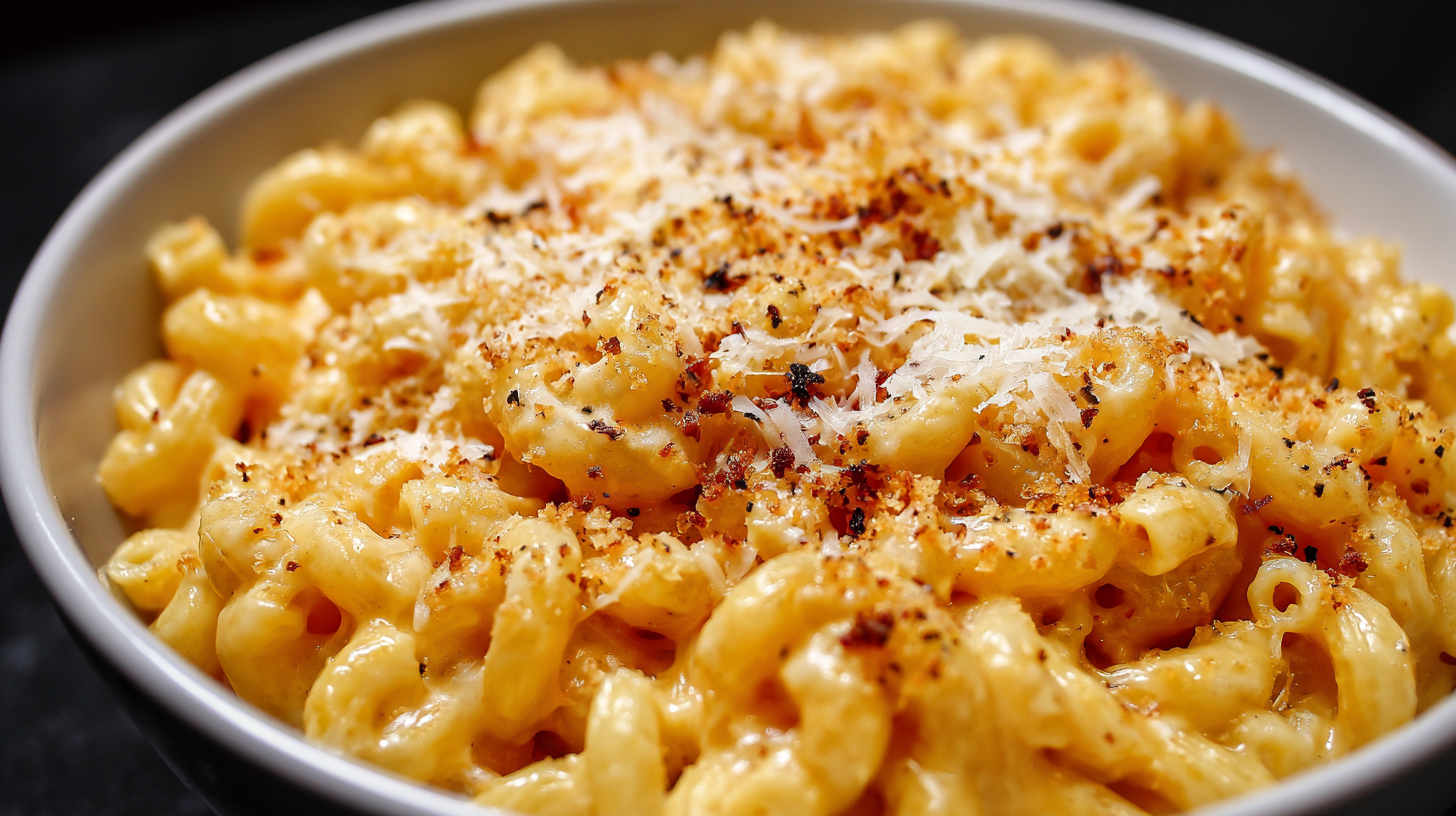
FAQ: Answering Your Mac and Cheese Questions
Why is my mac and cheese grainy?
Grainy mac and cheese is usually caused by overheating the cheese sauce. Always remove the sauce from the heat before adding the cheese and add the cheese gradually, whisking constantly until melted. Avoid using pre-shredded cheese, as it contains cellulose, which can prevent it from melting smoothly.
How can I prevent my mac and cheese from drying out?
Make sure your sauce is thick enough to coat the pasta before baking. You can also add a little extra milk or cream to the sauce to keep it moist. Cover the baking dish with foil during the first half of baking to prevent the top from drying out.
What's the best way to reheat mac and cheese?
To reheat mac and cheese, add a splash of milk or cream to the dish and microwave it in short intervals, stirring in between. You can also reheat it in a skillet over low heat, adding a little liquid as needed.
Can I make mac and cheese ahead of time?
Yes, you can prepare the mac and cheese ahead of time and store it in the refrigerator for up to 24 hours. When ready to bake, add a little extra milk or cream to loosen the sauce and bake as directed.
What kind of milk should I use?
Whole milk will create the richest and creamiest sauce, but you can also use 2% milk or even non-dairy milk alternatives. Just keep in mind that the flavor and texture may be slightly different.
Can I freeze mac and cheese?
Yes, you can freeze mac and cheese, but the texture may change slightly upon thawing. Cool the mac and cheese completely before freezing it in an airtight container. To reheat, thaw it in the refrigerator overnight and bake as directed, adding a little extra liquid if needed.
What can I add to mac and cheese to make it more interesting?
There are endless possibilities for adding flavor and texture to mac and cheese. Consider adding vegetables like broccoli, cauliflower, or spinach, or protein like bacon, sausage, or chicken. You can also experiment with different cheeses, spices, and toppings.
How do I make mac and cheese without flour?
You can make mac and cheese without flour by using a cornstarch slurry to thicken the sauce. Mix cornstarch with cold water until smooth, then whisk it into the milk and cheese mixture. Simmer until the sauce thickens. You can also use a no-knead method, using the starch from pasta to thicken the cheese sauce.
What is the best cheese for mac and cheese?
The best cheese for mac and cheese depends on your personal preferences. Cheddar is a classic choice, but other great options include Gruyere, Fontina, Gouda, and Monterey Jack. Experiment with different combinations to find your perfect blend.
How do I make my mac and cheese more flavorful?
To make your mac and cheese more flavorful, use high-quality cheese, season the sauce generously with salt, pepper, and other spices, and add flavorful toppings like bacon, caramelized onions, or jalapeños.
